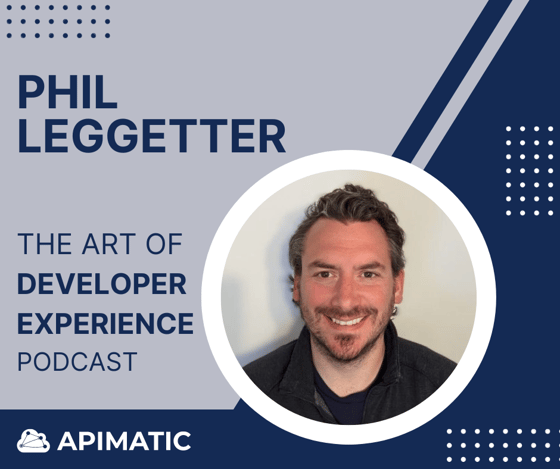
Phil Leggetter who’s built developer experiences at Pusher, Nexmo, Vonage, Ably and most recently Tigris Data joined me to share his thoughts on documentation. What does good documentation look like and are we ready to make the move towards great documentation? When I asked Phil to place DX on a maturity timeline, he responded that developer experience is at the young adult stage, then reminded me that a lifecycle metaphor involves a “rebirth”. Adding the next iteration of developer experience needs to be a rebirth that incorporates AI technology and a change in the way developers interact with technology.




